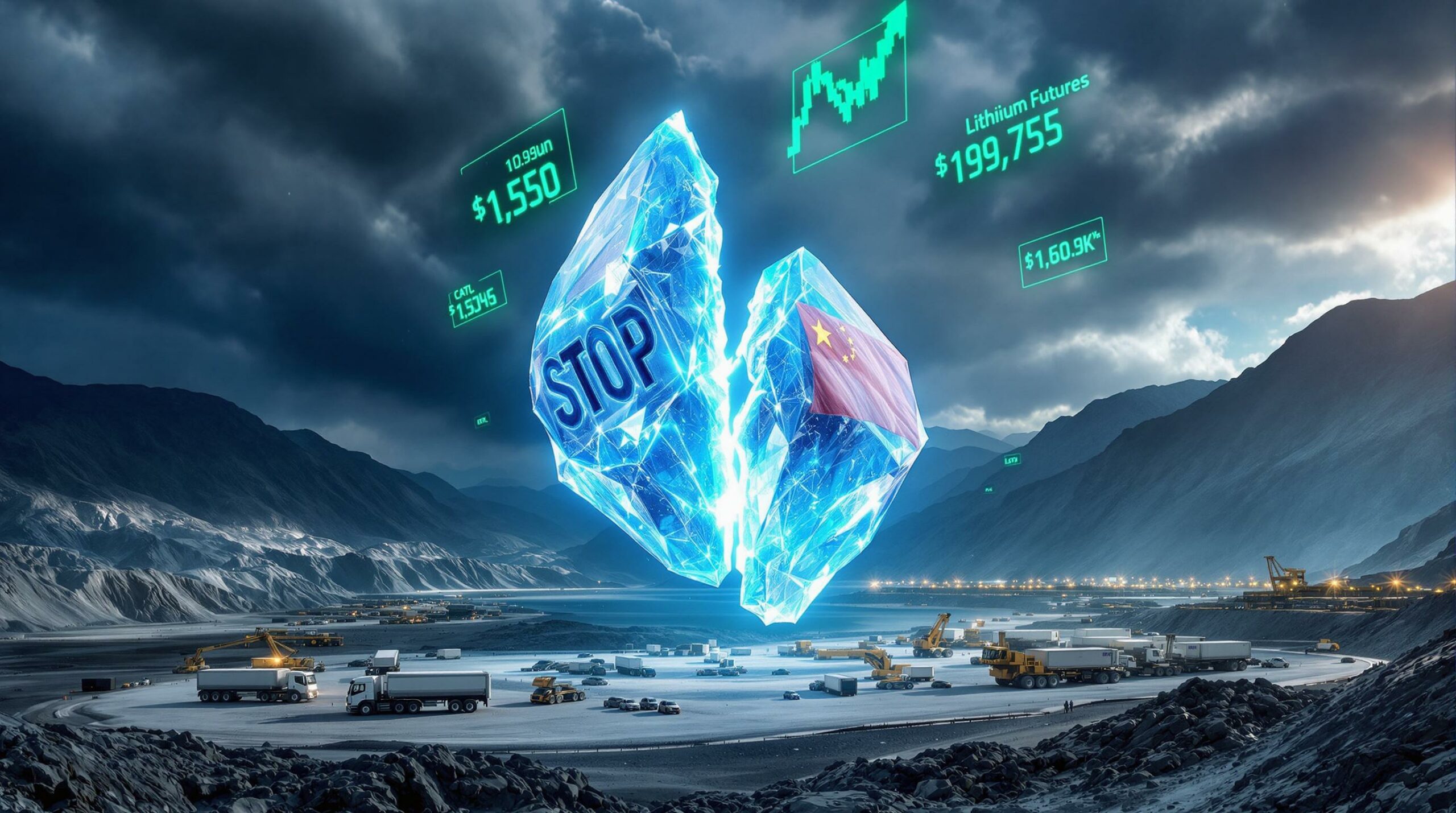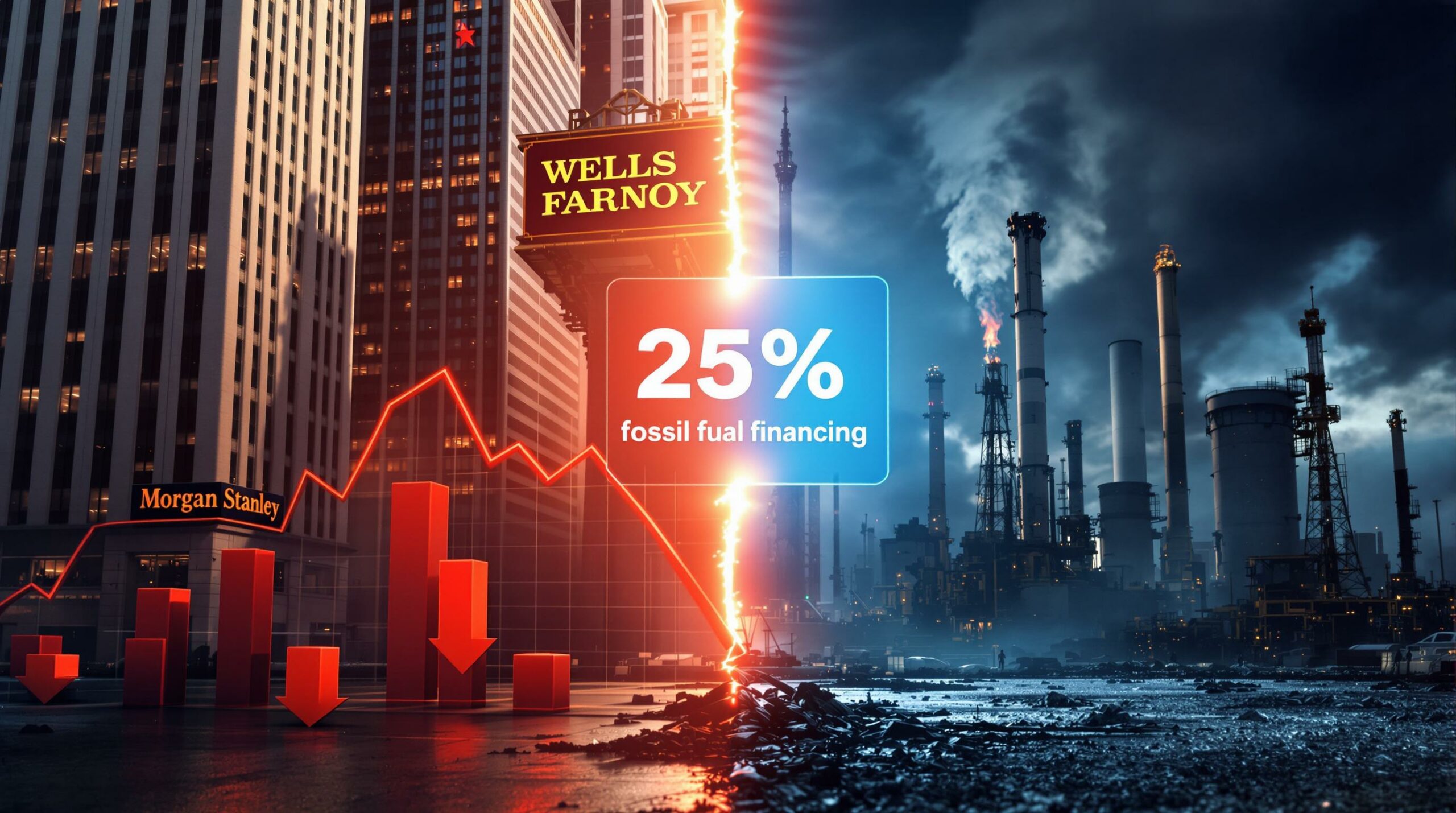What Are Military Metals and Why Are They Critical to National Security?
Military metals encompass a specialized category of critical minerals essential for advanced defense systems and platforms. These materials possess unique properties—from magnetic capabilities to heat resistance—that make them irreplaceable in military applications ranging from aircraft engines to precision-guided munitions. Unlike conventional commodities, these metals serve dual purposes in both civilian and defense sectors, though their military applications often drive market dynamics.
According to Jack Lifton, Co-Chair of the Critical Minerals Institute, "For each person in the military, the demand for critical minerals is about ten times that of a civilian. Critical minerals are necessary for the military; they're nice for the public." This staggering disparity highlights why defense planners consider these resources strategic assets rather than mere industrial inputs.
The integration of these specialized metals into modern defense platforms represents a fundamental shift in military capability. Their unique properties enable technological advantages that can determine battlefield superiority—from radar-evading stealth coatings to missile guidance systems that can strike with meter-level precision.
Defining Military Metals in the Modern Defense Landscape
Military metals must meet extraordinarily demanding specifications—often requiring higher purity levels, enhanced performance parameters, and more rigorous quality control compared to their commercial counterparts. These metals enable critical defense capabilities through their exceptional properties:
- Heat resistance for jet engine components that operate at extreme temperatures
- Magnetic properties that power miniaturized guidance systems
- Weight-to-strength ratios that enhance mobility and fuel efficiency
- Radiation shielding for nuclear applications and space-based systems
- Corrosion resistance for naval applications in aggressive marine environments
The qualification process for these materials in defense applications creates significant barriers to entry, favoring suppliers with established defense certification experience and sophisticated quality control systems.
The Defense-Civilian Demand Disparity
The military sector's material requirements significantly outpace civilian consumption patterns. Each military personnel requires approximately ten times the critical mineral resources compared to civilian needs. This intensified demand stems from the sophisticated technology embedded in modern defense systems, creating a specialized market segment where strategic considerations often outweigh conventional economic factors.
The disparity becomes even more pronounced when examining specific platforms. A single F-35 fighter jet contains more rare earth elements than thousands of civilian smartphones. Similarly, naval vessels incorporate specialized alloys in quantities that dwarf civilian maritime applications.
This concentrated demand creates unique market dynamics where relatively small defense programs can significantly impact global supply chains for specific metals. Understanding these patterns provides investors with crucial insight into potential price movements and supply constraints.
How Are Geopolitical Tensions Reshaping Critical Mineral Supply Chains?
Geopolitical considerations have become increasingly central to critical mineral markets, with supply chain security now recognized as a national security imperative. The concentration of production and processing capabilities in specific regions—particularly China—has created strategic vulnerabilities that defense planners are actively working to address.
This recognition has transformed market dynamics, with Western nations implementing unprecedented policies to reduce dependency on potentially hostile suppliers. These initiatives range from stockpiling programs to direct investment in domestic production capabilities, including a recent executive order on minerals that aims to strengthen America's resource independence.
China's Strategic Export Controls as Policy Leverage
Recent developments have highlighted how export restrictions can function as powerful geopolitical tools. China's implementation of dual-use export bans on specific critical minerals has created significant ripple effects throughout global supply chains.
Christopher Ecclestone, Founder and CEO of Hallgarten + Company, notes that "Chinese dual-use export bans have become a geopolitical lever; relax them and you can pull the rug from under Western supply-chain strategies." This policy volatility introduces significant uncertainty into market forecasts and investment decisions.
These export restrictions typically target materials with both civilian and military applications, allowing China to maintain plausible deniability regarding their strategic intent. The unpredictable nature of these policies—which can change with minimal notice—undermines Western supply chain resilience strategies and creates significant challenges for defense contractors reliant on affected materials.
The Vulnerability of Western Defense Supply Chains
Western defense industries face increasing vulnerability due to concentrated supply sources for several strategic metals. This dependency creates potential choke points that could compromise military readiness during periods of heightened international tension.
The recognition of these vulnerabilities has accelerated governmental initiatives to diversify supply sources and establish domestic production capabilities for defense-critical materials. These efforts face significant challenges:
- Long development timelines for new mining and processing facilities
- Environmental permitting hurdles that delay project implementation
- Technical expertise gaps after decades of offshoring
- Economic competitiveness against established producers with lower costs
Despite these challenges, the strategic imperative to secure reliable supply chains is driving unprecedented investment and policy support. Understanding the trajectory of these initiatives provides investors with crucial context for evaluating potential investment opportunities in the sector.
Which Metals Are Most Critical to Modern Military Applications?
The evolving nature of military technology continuously reshapes the list of metals considered critical to defense applications. While traditional materials like steel and aluminum remain important, advanced systems increasingly rely on specialized metals with unique properties that enable superior performance.
Defense planners evaluate criticality based on multiple factors:
- Technical irreplaceability in key systems
- Supply chain vulnerability and concentration
- Processing complexity and technical barriers
- Lead times for qualification in defense applications
- Dual-use potential and regulatory restrictions
These factors create a dynamic landscape where criticality assessments evolve alongside technological advancement and geopolitical developments.
Rare Earth Elements: The Foundation of Military Technology
Rare earth elements (REEs) have become indispensable components in numerous defense applications, from precision guidance systems to advanced radar technologies. Their unique electromagnetic properties enable miniaturization and enhanced performance in critical systems.
Jack Lifton highlights rare earths as "indispensable" for aerospace and land-based defense systems. These 17 elements—from lanthanum to lutetium, plus scandium and yttrium—perform specialized functions that cannot be replicated with alternative materials:
- Neodymium and praseodymium power permanent magnets in motors, generators, and guidance systems
- Dysprosium and terbium enhance magnet performance at elevated temperatures
- Yttrium enables precision optics and laser targeting systems
- Europium and terbium provide phosphors for display technologies
The concentration of REE processing capacity in specific geographic regions creates strategic challenges for defense planners seeking supply diversification. While mining operations exist in multiple countries, separation and refining capabilities remain heavily concentrated in China, creating a critical vulnerability in Western defense supply chains.
Strategic Metals Beyond Rare Earths
Beyond rare earths, several other metals have emerged as critical to defense applications. Christopher Ecclestone specifically identifies antimony, tungsten, and beryllium as commonly mispriced metals due to policy volatility.
Antimony: Essential for flame-retardant materials in military vehicles and aircraft, antimony compounds significantly reduce fire risks in combat situations. This metal also serves as a crucial component in batteries for unmanned systems and in infrared detection technologies. Recent developments in strategic antimony investment highlight growing recognition of this metal's importance. Global antimony production remains heavily concentrated in China, with few alternative suppliers capable of meeting defense specifications.
Tungsten: Critical for armor-piercing ammunition and high-temperature applications, tungsten's exceptional density (19.25 g/cm³) and heat resistance make it irreplaceable in certain defense applications. From kinetic penetrators in tank ammunition to radiation shielding in military aircraft, tungsten enables capabilities that determine battlefield superiority. While tungsten deposits exist globally, processing capacity remains concentrated in regions that may not align with Western security interests.
Beryllium: Irreplaceable in aerospace applications due to its lightweight, high-strength properties, beryllium enables critical systems from missile guidance to satellite communications. Its unique ability to maintain dimensional stability across extreme temperature ranges makes it essential for precision instruments in defense applications. The U.S. maintains significant beryllium production capacity, representing a relative bright spot in an otherwise challenging supply landscape.
Gallium and Germanium: Fundamental components in advanced electronics and communication systems, these metals enable radar systems, infrared optics, and semiconductor technologies essential to modern warfare. China's 2023 export restrictions on these metals highlighted their strategic importance and demonstrated how quickly supply chains can be disrupted through policy decisions.
Each of these metals presents unique supply challenges and investment opportunities as defense requirements drive market development. Understanding the specific applications and supply constraints provides investors with crucial context for evaluating potential investments in the sector.
How Does Military Demand Influence Capital Markets for Critical Minerals?
The unique characteristics of defense procurement create distinctive market dynamics for military-critical metals. Unlike consumer markets driven primarily by price considerations, defense acquisition prioritizes performance, reliability, and supply security—often accepting significant price premiums to ensure material availability.
This priority divergence creates potential opportunities for investors who understand the intersection of defense requirements and material supply constraints. Companies positioned to supply defense-qualified materials often enjoy more stable demand projections and higher margins compared to those serving purely commercial markets.
Defense Budgets as Market Catalysts
Defense procurement decisions and budget allocations can significantly impact demand forecasts for military-critical metals. Investors who monitor defense spending patterns can identify potential growth areas before broader market recognition.
The long-term nature of defense procurement programs often provides more stable demand projections compared to consumer-facing applications. Major weapons systems typically have development and production cycles spanning decades, creating predictable demand for qualified materials throughout the program lifecycle.
Key indicators for investors to monitor include:
- Defense authorization bills that establish funding priorities
- Program milestones for major weapons systems
- Request for proposals (RFPs) that signal upcoming procurement needs
- Industrial base studies identifying supply chain vulnerabilities
- Qualification announcements for new material suppliers
These signals often precede broader market awareness, providing informed investors with potential first-mover advantages in positioning for emerging demand.
Mispricing Opportunities in Strategic Metals
Market participants frequently misprice certain strategic metals by failing to account for policy volatility, particularly regarding Chinese export controls. This dynamic creates potential arbitrage opportunities for investors who understand the interplay between geopolitical factors and material supply-demand fundamentals.
Christopher Ecclestone specifically identifies antimony, tungsten, and beryllium as commonly mispriced due to market participants ignoring "Beijing's ability to toggle policy overnight." This policy uncertainty creates pricing volatility that informed investors can potentially leverage.
These mispricing opportunities often emerge from several factors:
- Information asymmetry between defense and commercial market participants
- Failure to incorporate geopolitical risk into pricing models
- Limited market liquidity creating price discovery challenges
- Incomplete understanding of qualification barriers and timelines
- Underestimation of stockpiling impacts on available supply
Investors who develop frameworks for evaluating these intersecting factors can potentially identify mispriced assets before broader market recognition corrects the disconnect.
What Role Do Government Initiatives Play in Reshaping Critical Mineral Markets?
Government policy has emerged as a primary driver of critical mineral markets, with national security considerations increasingly trumping conventional economic factors. The recognition of strategic vulnerabilities has catalyzed unprecedented initiatives to reshape supply chains and establish domestic production capabilities.
These initiatives span multiple approaches—from direct financial support to regulatory changes—creating a complex landscape that investors must navigate carefully. Understanding the mechanics of these programs provides crucial context for evaluating investment opportunities in the sector.
Strategic Stockpile Programs and Their Market Impact
Government stockpiling initiatives represent significant demand drivers that can transform market dynamics for specific critical minerals. These programs, designed to ensure material availability during supply disruptions, create baseline demand that supports project development.
The U.S. National Defense Stockpile represents one of the most established programs, with Congressional authorization to acquire and maintain inventories of strategic materials deemed essential for national security. Similar programs exist in other nations, including Japan, South Korea, and European critical materials strategy initiatives creating a global network of strategic reserves.
These stockpiling programs influence markets through several mechanisms:
- Direct purchases that establish price floors for specific materials
- Long-term supply agreements that provide revenue certainty for producers
- Qualification requirements that advantage certain suppliers
- Inventory management policies that signal market conditions
Understanding the scope and timing of stockpile acquisitions provides investors with valuable market intelligence that can inform investment decisions across the critical minerals landscape.
Public-Private Partnerships in Supply Chain Development
The recognition of critical mineral vulnerabilities has catalyzed innovative partnership models between government entities and private industry. These collaborative approaches aim to accelerate domestic production capabilities while distributing financial risk.
These partnerships typically combine government support mechanisms with private capital to overcome the economic challenges of establishing competitive production in higher-cost jurisdictions. Support mechanisms include:
- Direct financial investments in processing capabilities
- Loan guarantees that reduce capital costs
- Purchase commitments that establish revenue certainty
- Accelerated permitting to reduce development timelines
- Research funding to overcome technical challenges
Recent US mineral production order initiatives further demonstrate the government's commitment to enhancing domestic supply chains. Additionally, the recent US uranium import ban highlights how policy decisions can rapidly transform market dynamics for strategic materials. Investors who identify companies positioned to benefit from these partnerships can potentially capture significant value as supply chains evolve.
How Can Investors Navigate the Military Metals Landscape?
The military metals sector presents a unique investment landscape where conventional commodity analysis often proves insufficient. The intersection of geopolitical factors, technical requirements, and policy initiatives creates complex dynamics that require specialized frameworks for effective evaluation.
Successful investors in this sector typically develop approaches that balance multiple considerations—from geological fundamentals to defense qualification requirements—creating a more comprehensive assessment methodology than typically applied to conventional commodity markets.
Identifying True Strategic Value in Project Evaluation
Evaluating critical mineral projects requires specialized knowledge beyond conventional mining metrics. Projects that align with specific defense requirements may command premium valuations despite smaller production volumes.
Key factors to consider when evaluating potential investments include:
- Material specifications relative to defense requirements
- Qualification status with major defense contractors
- Processing capabilities beyond raw material production
- Jurisdictional security and alignment with Western interests
- Management experience with defense procurement systems
Projects that successfully address these factors often secure valuation premiums compared to technically similar projects without strategic positioning. Understanding the technical specifications and qualification processes for defense applications provides crucial context for identifying these potential opportunities.
Balancing Geopolitical Risk Against Market Opportunity
The military metals sector presents a complex risk-reward profile where geopolitical factors can rapidly transform market dynamics. Successful investors develop frameworks for evaluating these intersecting factors rather than focusing exclusively on traditional supply-demand metrics.
These frameworks typically consider multiple dimensions:
- Technical irreplaceability in critical defense systems
- Supply concentration risk and potential disruption scenarios
- Policy support mechanisms across relevant jurisdictions
- Qualification barriers and timeline considerations
- Substitution potential and technological obsolescence risks
For deeper insights into this sector, investors might review specialized resources like Military Metals Corp's recent acquisitions which demonstrate how companies are positioning to address these strategic supply chain challenges.
Diversification across multiple strategic metals can help mitigate policy-specific risks while maintaining exposure to the broader sector. This approach allows investors to capture the potential upside from supply chain transformation while reducing vulnerability to metal-specific disruptions or technological changes.
What Does the Future Hold for Military Metals Markets?
The military metals landscape continues to evolve rapidly, shaped by technological advancement, geopolitical realignment, and policy innovation. Understanding these emerging trends provides investors with crucial context for positioning ahead of market developments.
Several factors will likely drive market evolution in the coming years, creating both challenges and opportunities for participants across the supply chain. Those who anticipate these shifts can potentially identify investment opportunities before broader market recognition.
Emerging Technologies and Their Material Implications
Next-generation defense systems are driving demand for an expanding range of critical minerals. Hypersonic weapons, directed energy systems, and autonomous platforms all require specialized materials with unique properties.
These emerging technologies typically demand materials capable of performing under increasingly extreme conditions:
- Hypersonic systems require materials that maintain structural integrity at temperatures exceeding 2,000°C
- Directed energy weapons demand advanced cooling systems and specialized optical materials
- Autonomous platforms rely on sophisticated sensor technologies and lightweight structural components
- Electronic warfare systems require specialized materials for signal management and protection
Early identification of these emerging material requirements can provide investors with first-mover advantages in developing markets. Monitoring defense research programs and technical publications can provide valuable signals regarding future demand patterns before they manifest in procurement specifications.
The Reshoring Imperative and Investment Opportunities
The strategic imperative to establish domestic supply chains for defense-critical materials is creating unprecedented investment opportunities. Government support mechanisms, from direct funding to purchase guarantees, are transforming project economics for materials previously considered uneconomic in Western jurisdictions.
This fundamental shift presents a generational opportunity for investors positioned in advance of broader market recognition. Projects that might have struggled to secure financing under conventional economic assessment now benefit from significant policy support, creating potential value disconnects for early investors.
For those interested in the antimony sector specifically, resources like Mining.com's analysis of military metals provide valuable context on how this critical material is gaining strategic importance.
Key jurisdictions leading this transformation include:
- United States: Through Defense Production Act Title III and other mechanisms
- European Union: Via Critical Raw Materials Act and associated funding
- Australia: Through Critical Minerals Strategy and associated programs
- Canada: Via
Ready to Stay Ahead of Major Mineral Discoveries?
Don't miss your chance to capitalise on significant ASX mineral discoveries the moment they happen. Discover how Discovery Alert's proprietary Discovery IQ model provides instant, actionable insights by exploring our discoveries page and begin your 30-day free trial today.




